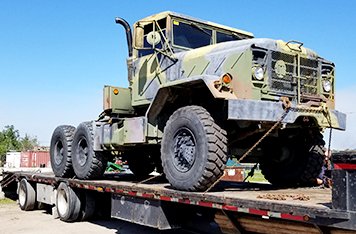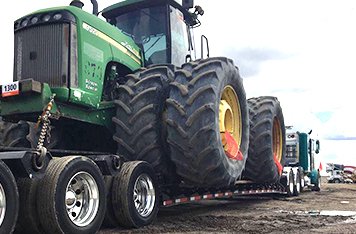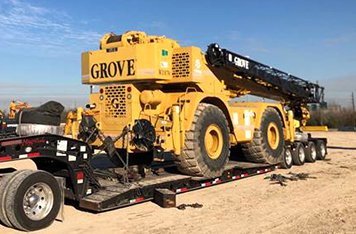Major Highways
When planning a heavy haul route from Connecticut to Delaware, the most important factor to consider is the roadways that must be traveled. The most direct route is to take I-95, however, depending on the size and weight of the load, other highways may be more suitable. For heavier loads, I-84 and I-91 can also be used to reach Delaware, though these highways may require additional permits. Additionally, US Route 1 and US Route 13 are viable options, though they are generally slower than the interstate highways.No matter which route is chosen, it is important to be familiar with the laws and regulations concerning heavy haul trucking in Connecticut and Delaware. Each state has specific guidelines and it is important to be aware of them before beginning a haul. Additionally, it is important to consider the size and weight of the load when selecting a route, as heavier loads may require additional permits or may be restricted from certain highways.
Unique Challenges
Heavy haul trucking is not without its unique challenges. The most obvious of these is the size and weight of the load. Moving a heavy load requires a truck with enough power and capacity to handle the load safely and efficiently. Additionally, the route must be planned to ensure that the load remains within the legal weight limits for each highway.Another unique challenge faced by heavy haul truckers is the terrain. Some highways may be prone to potholes or other road hazards, which can make the journey more difficult for a heavy load. Additionally, steep hills and winding roads may make it difficult to navigate with a heavy load. It is important to be aware of the terrain you may encounter on the journey, and to recognize any areas where you may need to take extra caution.
Weather Considerations
When planning a heavy haul from Connecticut to Delaware, it is important to consider the weather conditions that may arise. Heavy rain and snow can create hazardous conditions, as can strong winds and fog. It is important to be aware of the forecast for the route and to plan accordingly. If necessary, additional measures should be taken to ensure the safety of the load.Additionally, extreme temperatures can also pose a challenge for heavy haul truckers. In extreme heat, the driver may need to take extra precautions to avoid heat exhaustion. In cold weather, the roads may be icy, making it more difficult to navigate the load safely. Being aware of the weather conditions and taking appropriate measures can go a long way towards a successful haul.
Other Considerations
When hauling a heavy load from Connecticut to Delaware, there are several other factors to consider. For example, it is important to plan for any additional stops along the way, such as for refueling or rest. In addition, it is important to be aware of any regulations in Connecticut and Delaware that may affect the haul. Finally, it is important to consider the additional costs associated with a heavy haul, such as permits or tolls.Heavy haul trucking is a unique form of trucking that requires knowledge and experience. Moving a heavy load from Connecticut to Delaware can be a daunting task, but with proper planning and preparation, it can be a successful and rewarding journey. By taking the time to consider the major highways, unique challenges, and weather conditions, a driver can ensure a successful haul and an enjoyable experience.














































